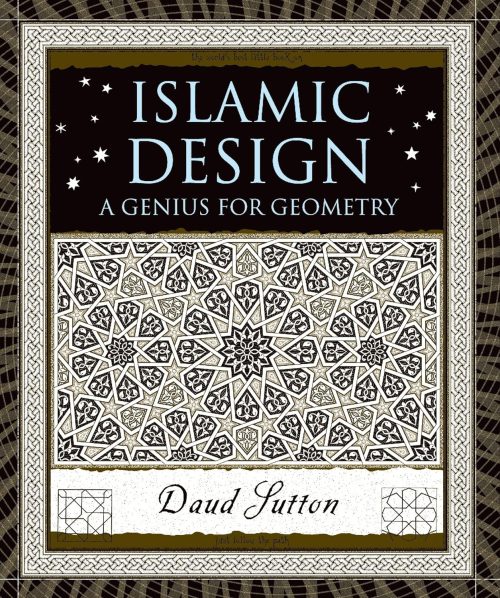In the realm of art and design, there are specialties that astonish and captivate not just the eye but the intellect- and Islamic geometric design is certainly among the most impressive. “Islamic Geometric Design” by Eric Broug is more than a book; it’s a tribute to a form of artistic expression woven through centuries of Islamic history.
Broug’s masterwork stands out as one of the best on the subject, a sentiment that echoes through the pages adorned with 800 illustrations, both in color and black and white. The meticulous research and visual documentation collated in this volume showcase the author’s dedication to unraveling the intricacies of this design tradition.
Broug takes his readers on an enlightening historical and cultural expedition, starting from North Africa, sweeping through the Middle East, and all the way to Iran and Uzbekistan. The timeline stretches from the splendor of the eighth century right up to the nineteenth. Through the author’s expert narrative, we come to understand how these mesmerizing patterns, executed with the simplest tools—rule and compass—require no mathematics but instead rely on a profound understanding of the properties of geometry.
Islamic Geometric Design demystifies the process by which such designs were conceived, charting a course through the creative seas of fourfold, fivefold, and sixfold patterns, and not shying away from the complexity of combined patterns. Broug’s insights encourage readers to look beyond the aesthetic to comprehend the ‘how’ and ‘why’ of these designs. Furthermore, he challenges them by presenting opportunities to replicate these geometric marvels, providing an engaging and interactive dimension.
One striking feature of this work is its accessibility. While the subject matter might seem niche, Broug makes it approachable and educational for novices and experts alike. Despite its scholarly approach, the book is not just a collection of analyses but is designed to inspire artists, designers, and lovers of patterns to explore the rich tradition of Islamic geometric design.
“Educational” and “inspirational” are terms that just scratch the surface when it comes to this seminal book. “Islamic Geometric Design” goes beyond a mere presentation of patterns—it is an immersive engagement with history and a guidebook that encourages creativity and design.
Whether you have foundational knowledge of Islamic art or you’re exploring it for the first time, Broug’s book stands out as an invaluable resource. In it, the timeless beauty of Islamic geometric designs is celebrated, analyzed, and brought to life, enriching both the mind and the spirit.
In essence, Broug does not just present patterns—he offers a lens through which we can appreciate a profound symbol of cultural identity and continuity. A must-read for enthusiasts of art, history, and design—this book will leave you with a deeper appreciation of one of the world’s great artistic traditions.










